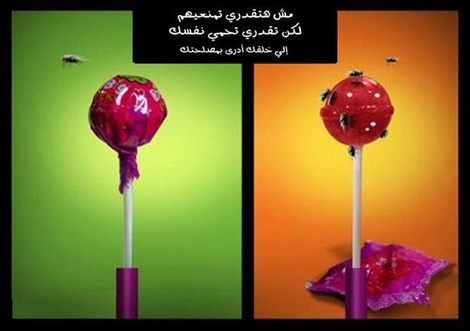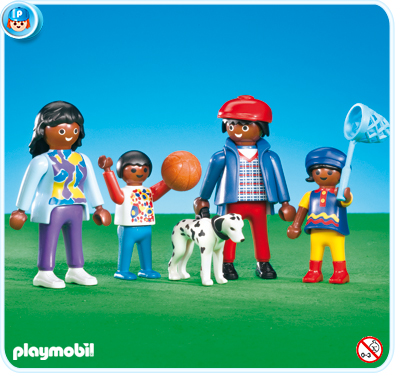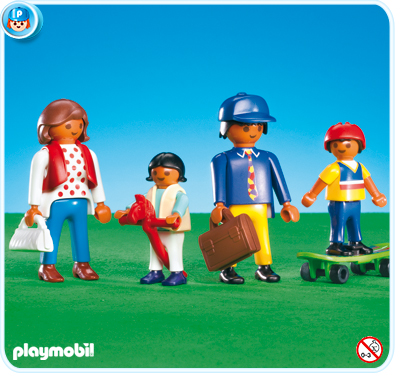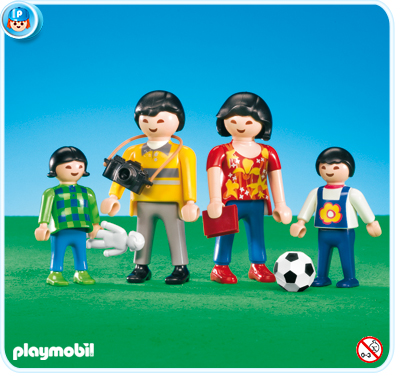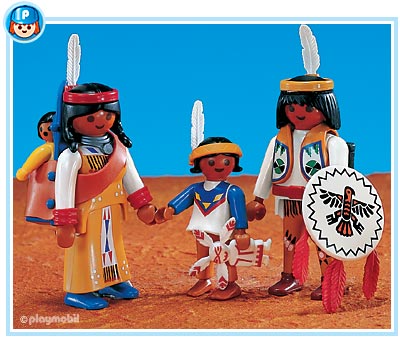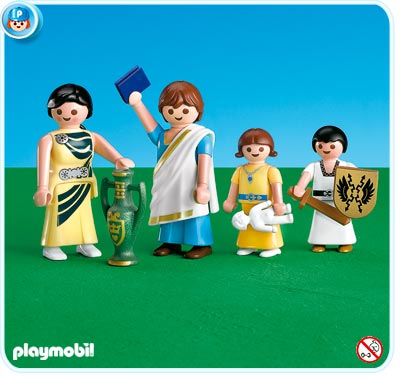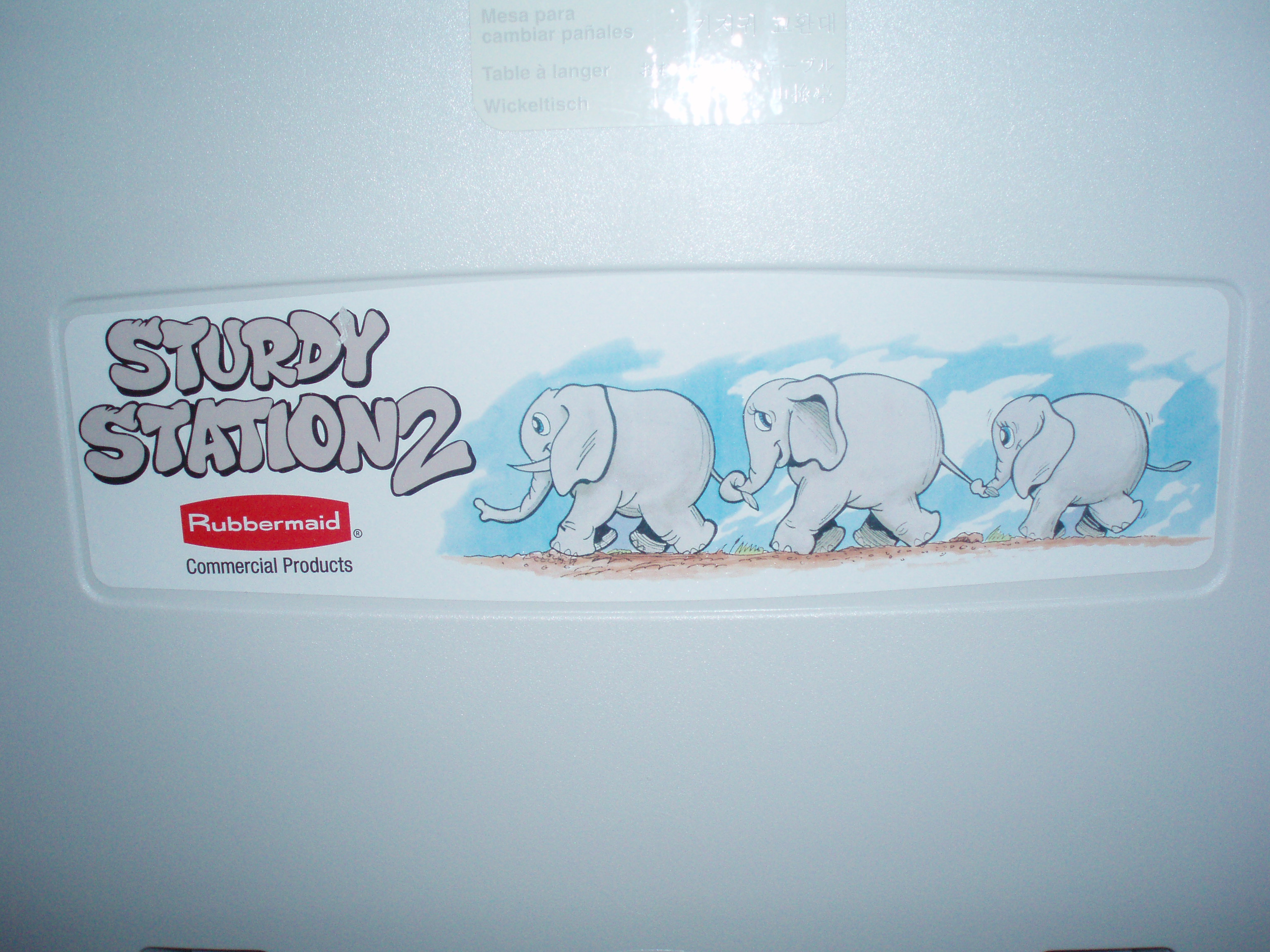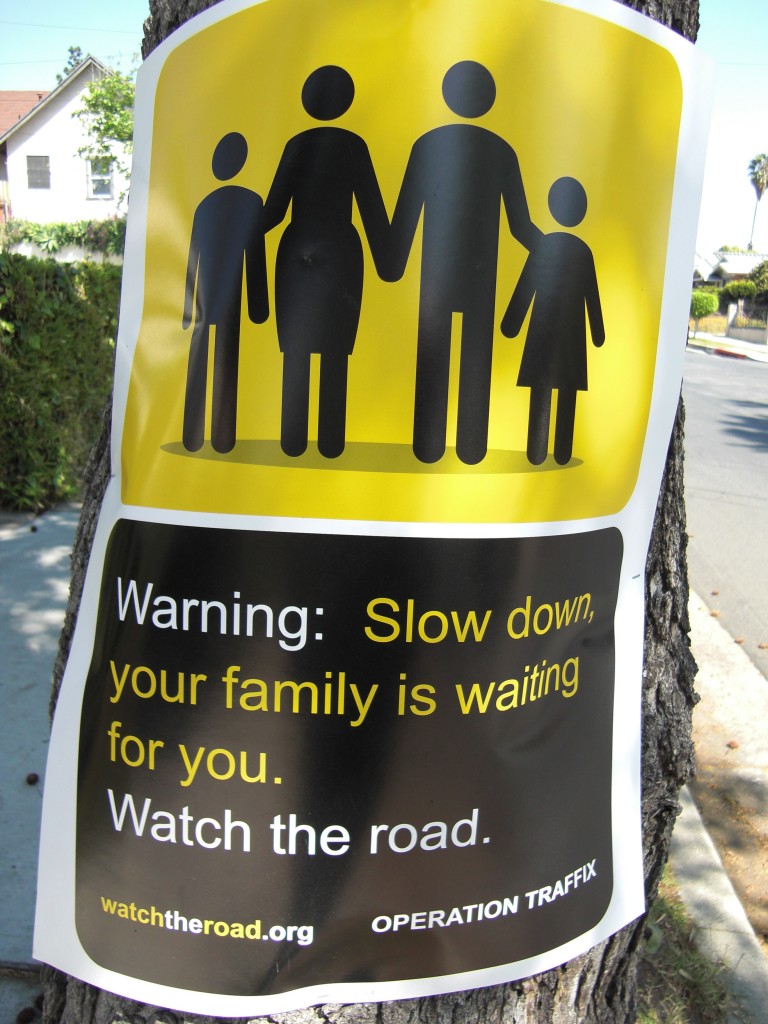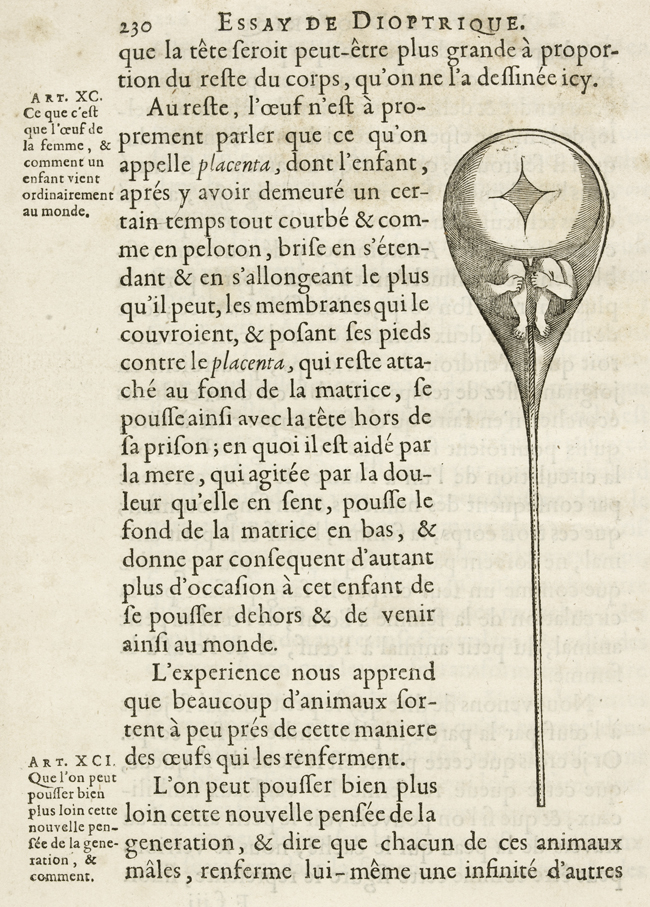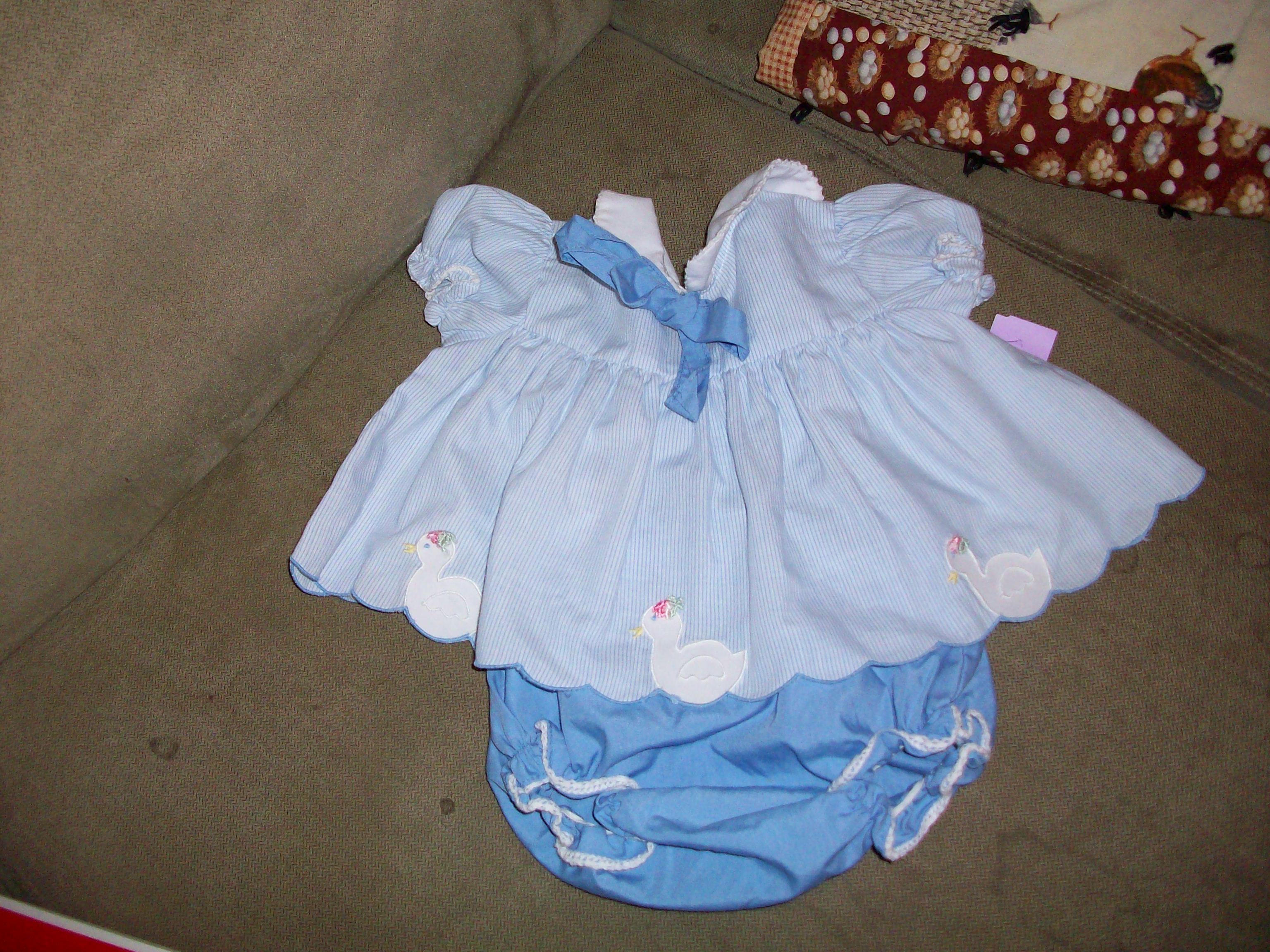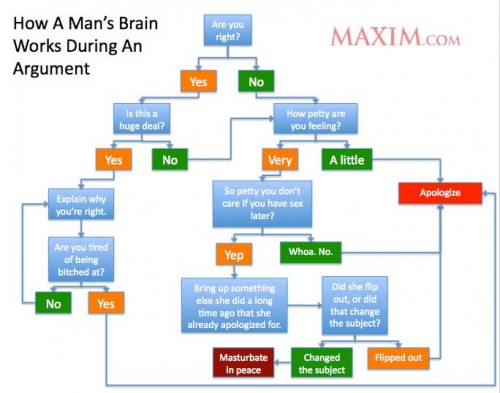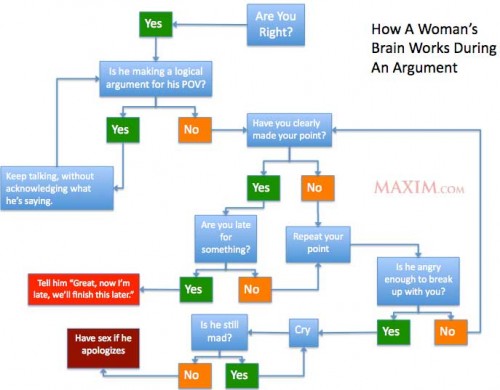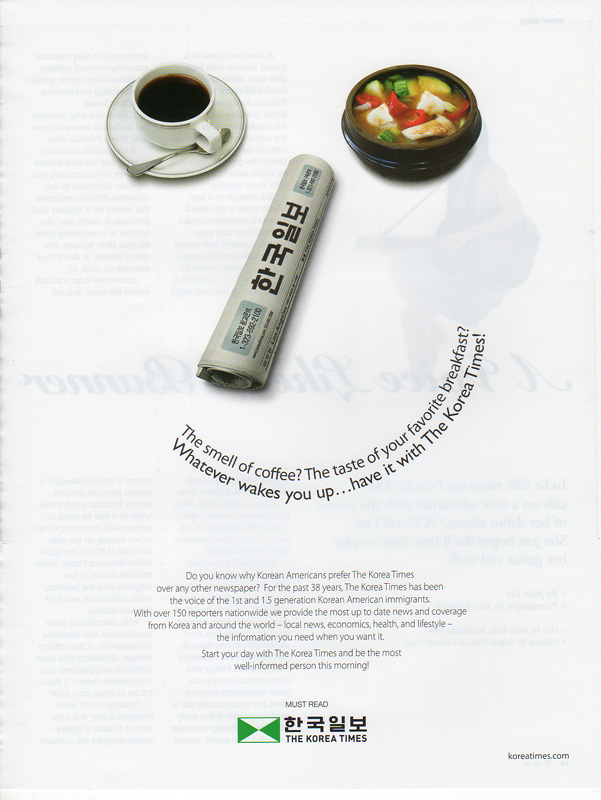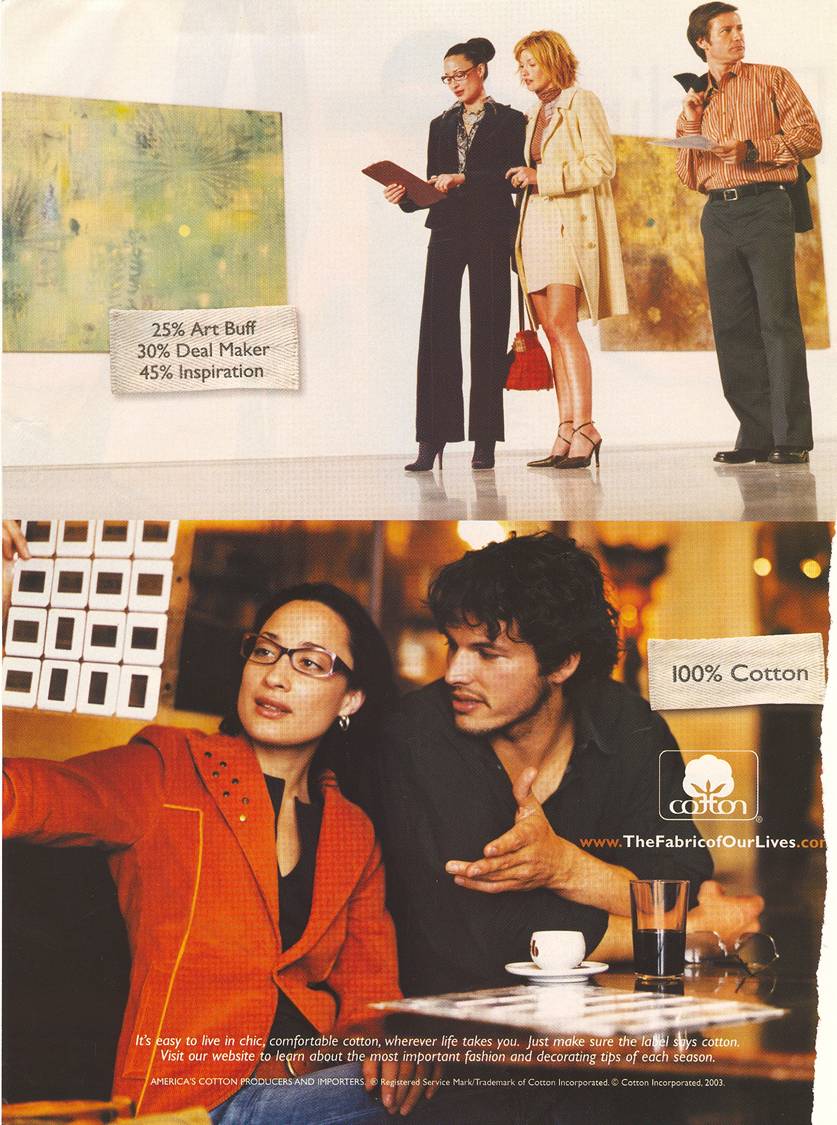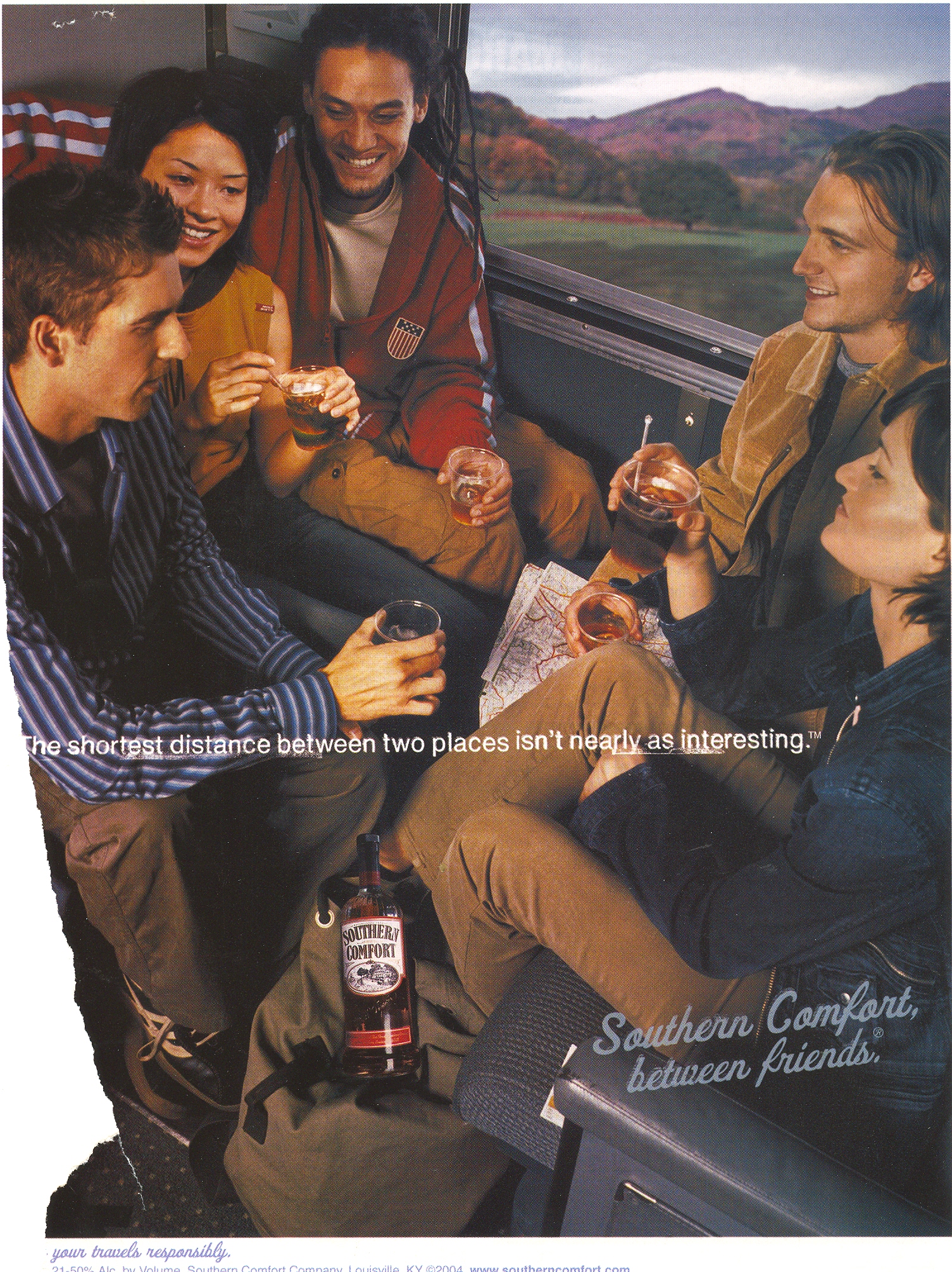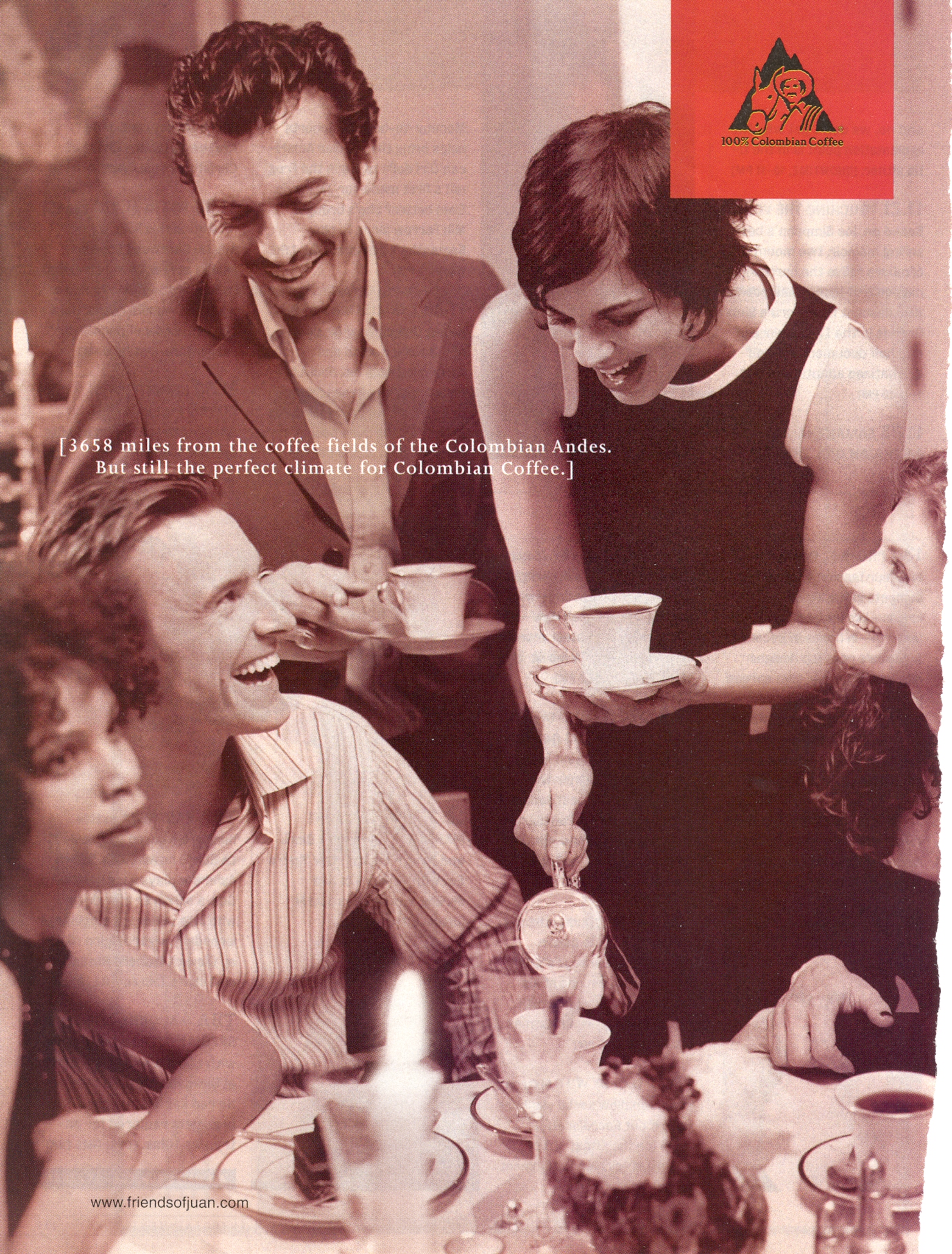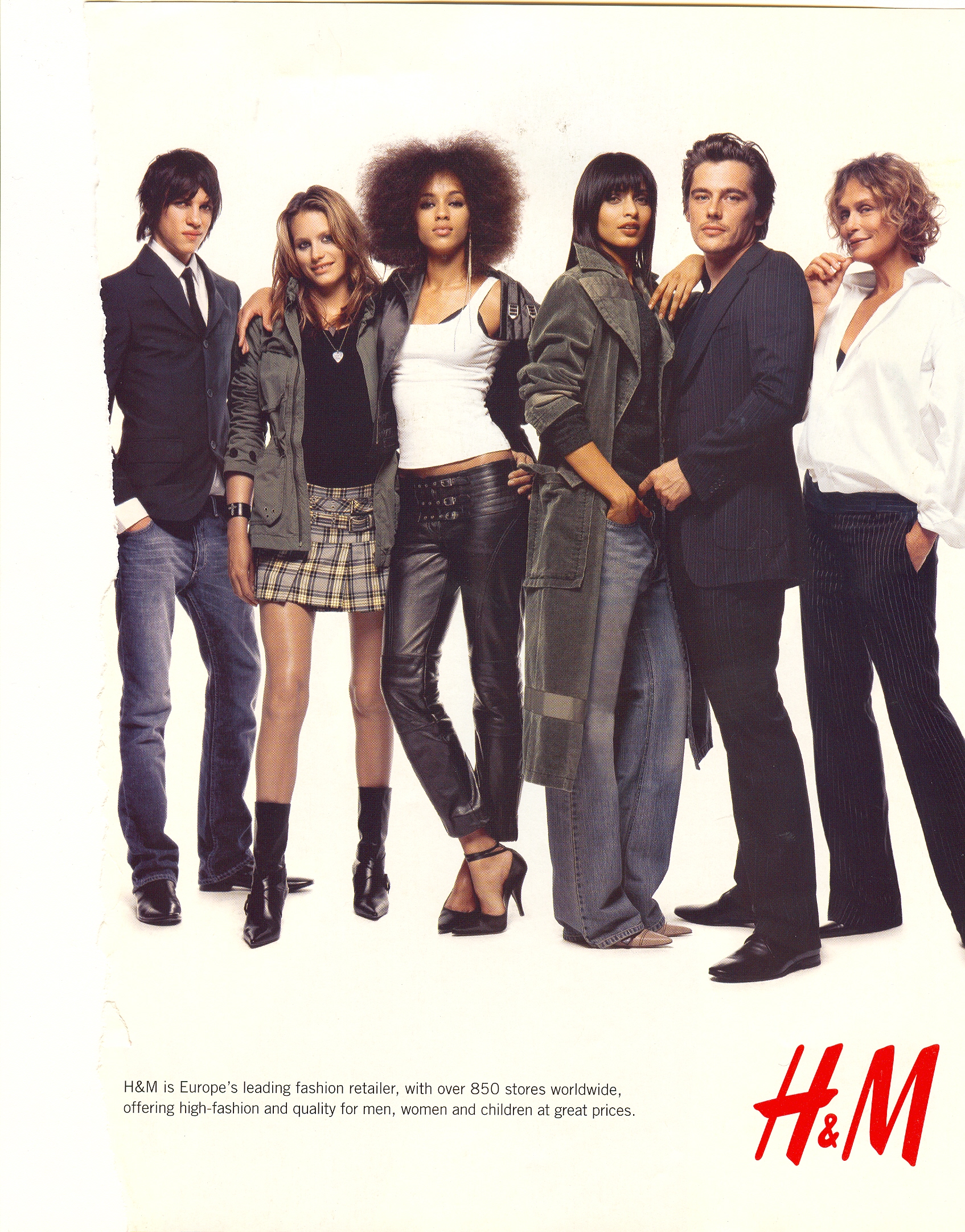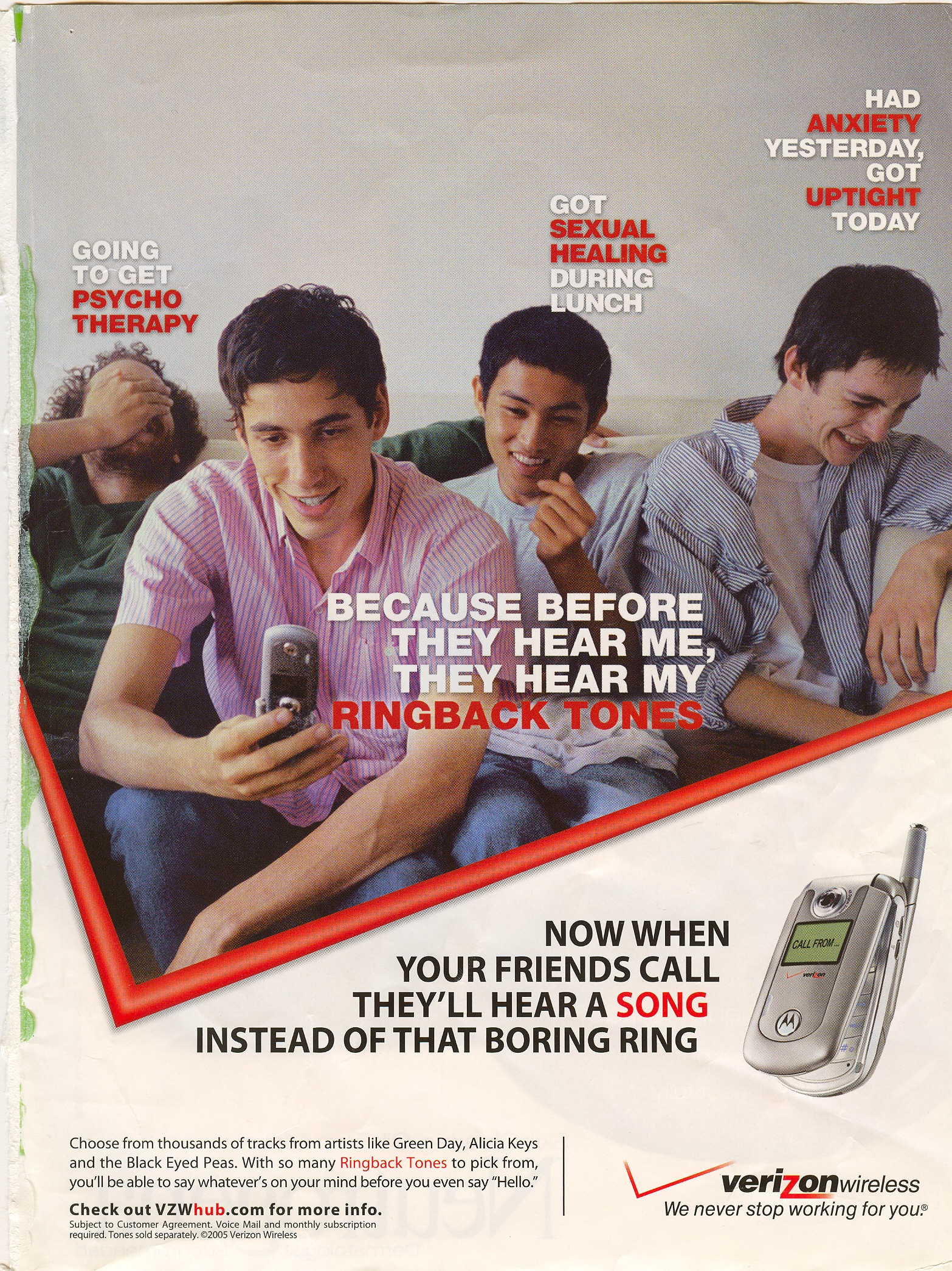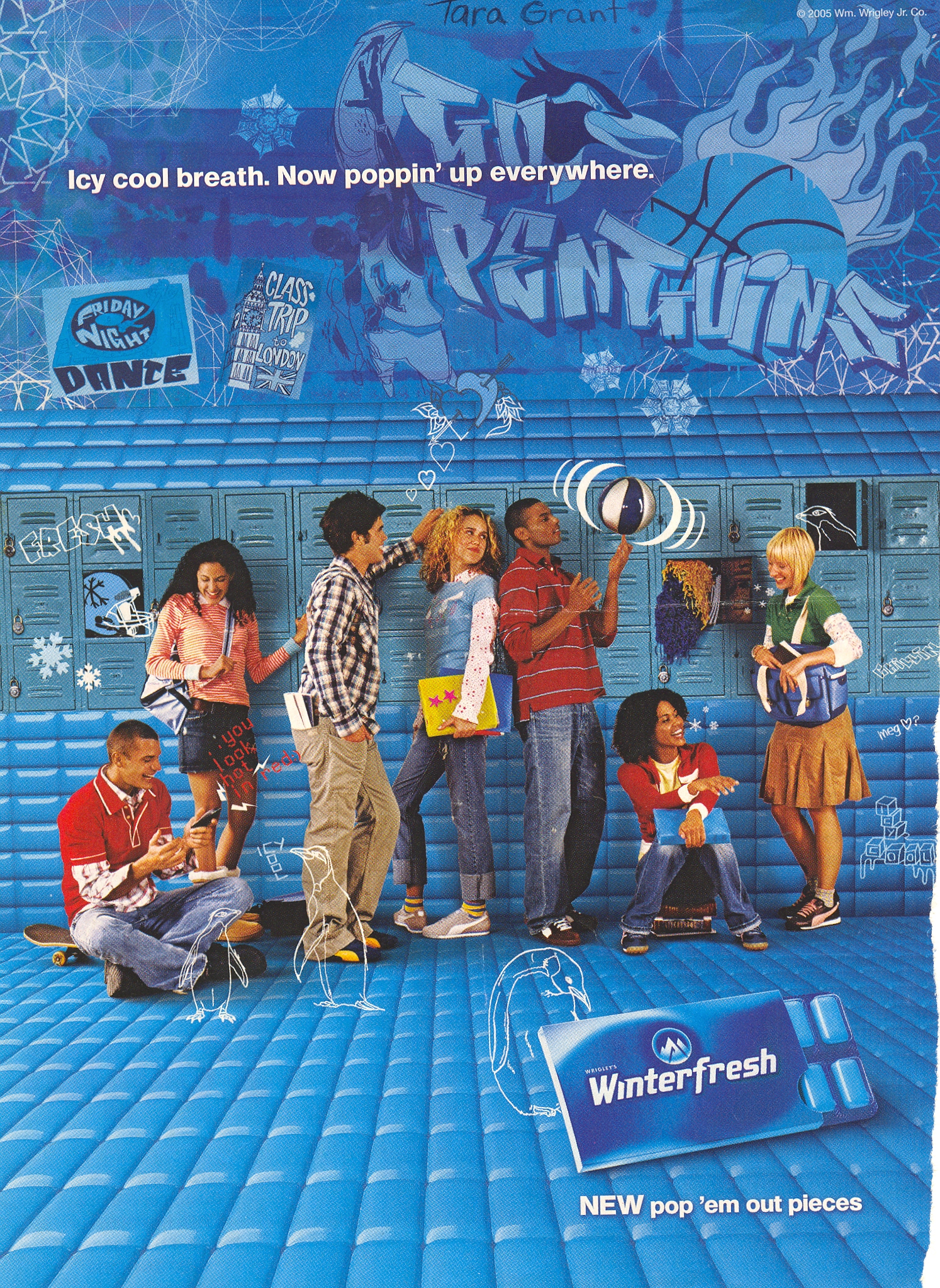Z. (of It’s the Thought that Counts) sent in this image (found at Andrew Sullivan’s blog on The Atlantic magazine’s website):
According to Sullivan, the text says, “You won’t be able to stop them (i.e. guys), but you can protect yourself. He who created you knows what’s best for you!”
Neither Z. nor I have been able to track down the origin of this image, which is supposedly a pro-hijab PSA, beyond what Sullivan provides as a source–I can’t find any evidence online of any first-hand accounts of people seeing it displayed anywhere or of what groups might be displaying it (the online references I’ve found make vague statements about it being from Egypt). I was really hesitant to post it, but it is available on the website of a major U.S. magazine, and I’m hoping maybe some of our readers might have information about the image–who put it out, if it’s actually on display anywhere, etc. If it is a real pro-hijab PSA (or even just a proposed one), it’s a great example of the way women are often portrayed as having responsibility for controlling and preventing men’s sexual advances, since men are believed to be incapable of controlling their own sexual desires. Whoever made it clearly uses that discourse about men, women, and sexual attraction; the question is, who created it?
While I was doing some online searching for it, I came upon the site Protect Hijab, a site dedicated to “the protection of every Muslim woman’s right to wear the Hijab in accordance with her beliefs and for the protection of every woman’s right to dress as modestly and as comfortably as she pleases.” Among other things, the site provides links to news stories about laws regarding hijab, including the interesting situations that come up when, say, the city of Antwerp (in Belgium) outlaws employees from wearing hijab (or any other symbol of religious or political affiliation) but then allows them to wear bandannas.
Then I came upon this video, which has the description, “A PSA Parody/Satire intended to protest the use of the veil by women. Ban the veil and ban the berqa. A Hijab is okay, however. Free Arab and Muslim women from male religious oppression.”
I’m always interested in things like this video because there is a tendency for groups with no connection to Islam to protest the hijab as a symbol of women’s oppression. This often occurs while the voices of Muslim women who argue that they don’t find the practice of hijab to be oppressive OR they have many other issues that are higher priorities are ignored or silenced. The statement “Ban the veil and ban the berqa. A Hijab is okay, however” also brings up some of the interesting aspects of attitudes toward hijab–who gets to decide what is oppressive? Why would, say, a veil be immediately and always oppressive but hijab (however the author was defining hijab) is “okay”?
Finally, I ran across this video, called “Top 10 Funniest Things a Muslim Woman Hears,” which presents 10 questions Muslim women often get about hijab/veils/scarves/etc.:
I like some aspects of this video–I’ve had Muslim students tell me they are asked these types of questions, some of which are clearly due to simply curiosity and lack of knowledge and others of which are rude. On the other hand, just like the previous video, this video is also constructing the practice of hijab, and the women who wear it, in a particular way–as something “obligatory” for Muslim women once they hit puberty. Clearly not all Muslims agree with this interpretation.
These could be really useful for a discussion of attitudes (both pro and con) toward the practice of hijab and the way it (or the version different groups portray of it) has become a symbol of Muslim (often defined as the equivalent of Arab) women’s oppression to some and of religious freedom and devout Muslim faith to others.
It could also be useful for a general discussion of whose voices are powerful in cultural conflicts. Who is speaking out against the presumed oppression of “Arab and Muslim women”? What is their interest in the issue–that is, is there a genuine concern about sexism and gender inequality, or is the issue of hijab a convenient avenue to express anti-Islamic sentiments? Which Arab/Muslim women are they claiming to speak for? Similarly, who is behind the pro-hijab activism? Are the voices of actual Muslim women represented? Do they play a role in the content of the message? To what degree do they represent the voices of (some groups of) Muslim women expressing their personal preferences and interests and to what degree is it an effort to pressure women to adopt hijab? Again, which Muslim women are they speaking for/to?
For other posts about hijab and other issues concerning Muslim women’s clothing, see here, here, here, here, and here. Also see these images of advice on modest clothing at Brigham Young University for a comparison.
Thanks, Z.!

